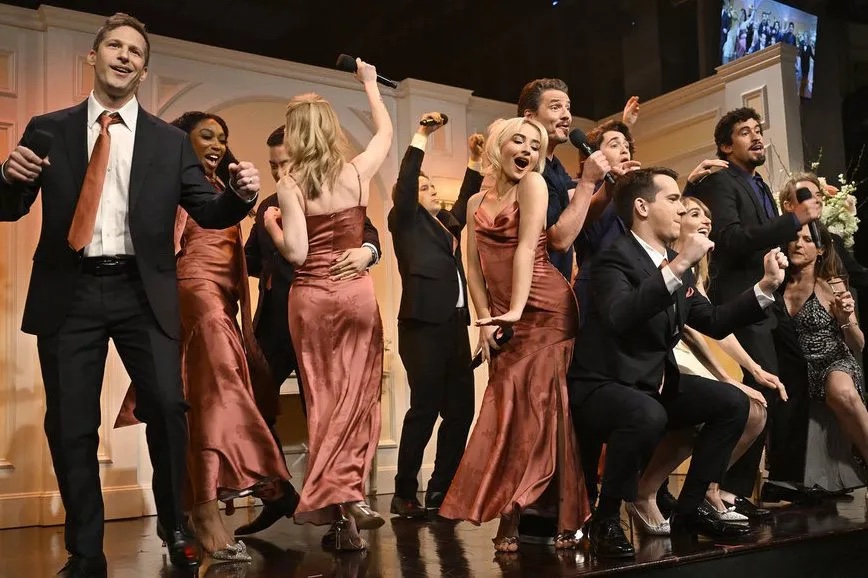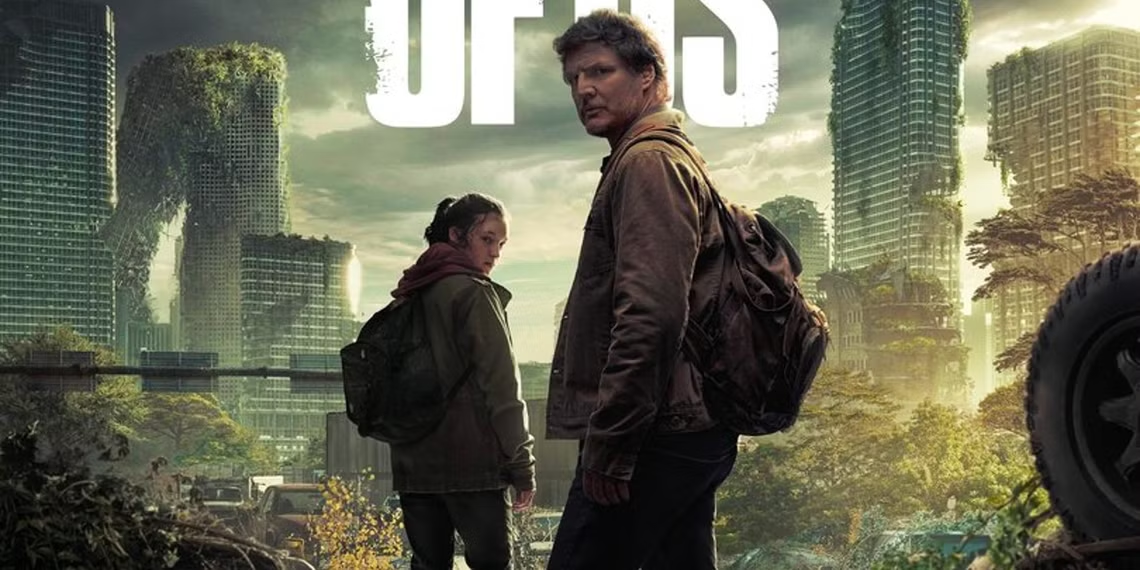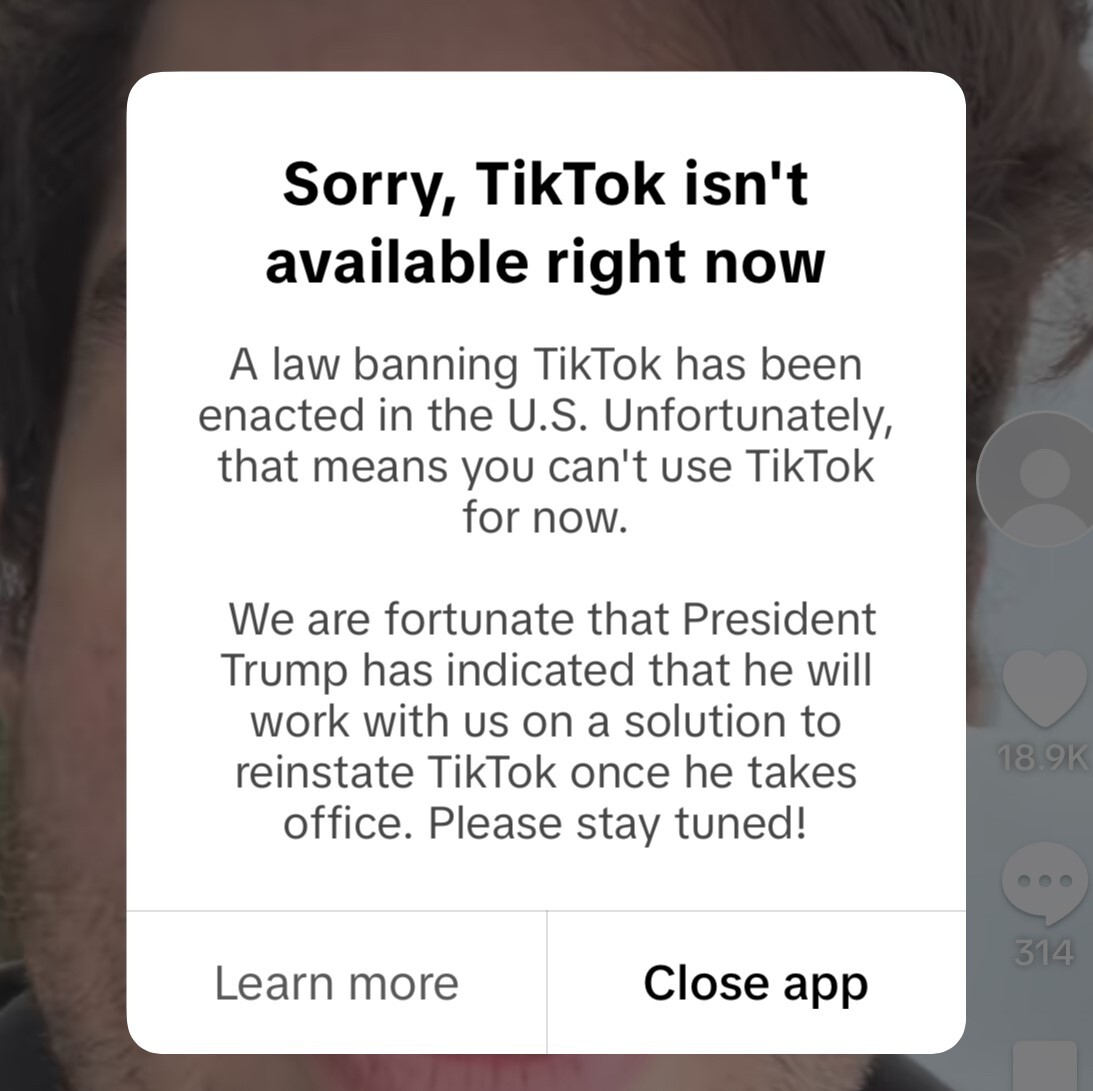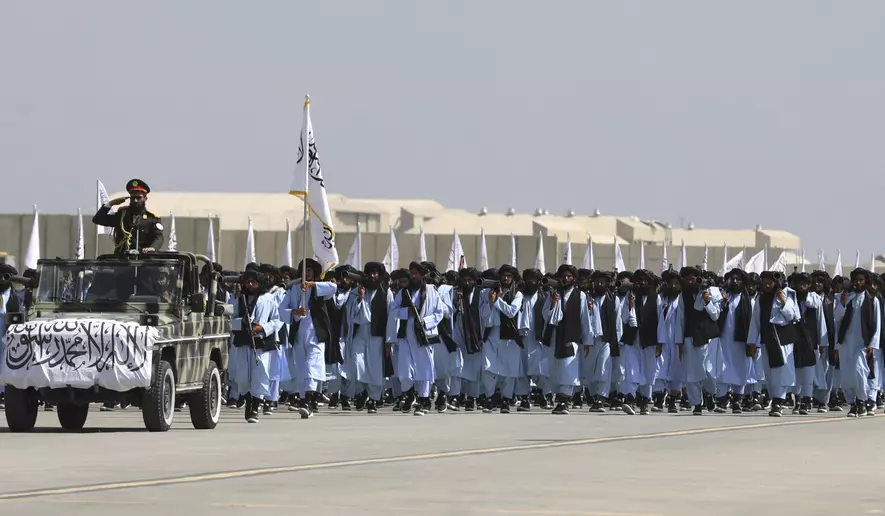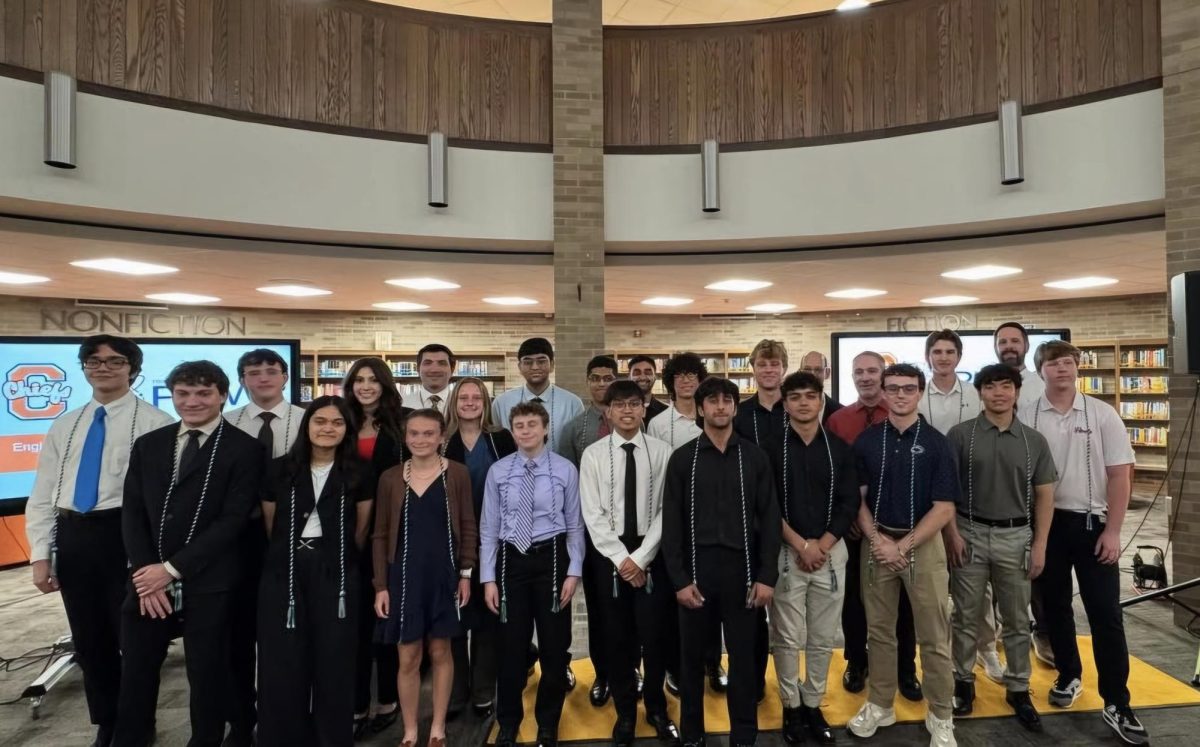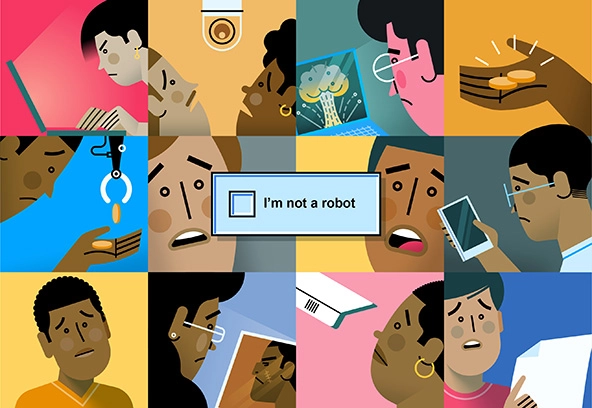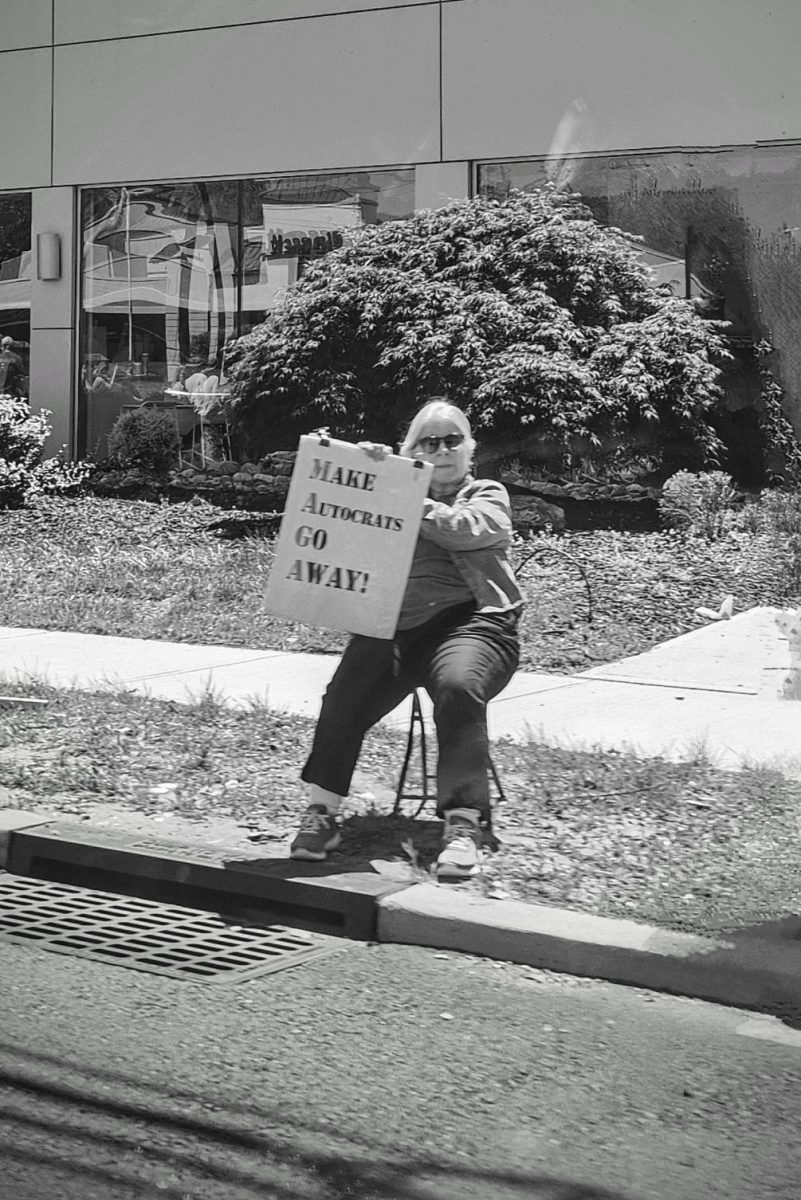“Avatar: The Last Airbender” is a childhood favorite show for many people, so the prospect of an accurate live-action adaptation is an exciting one. The show, which originally aired from 2005 to 2008, got its first live-action adaptation in the form of a 2010 film. The film was incredibly inaccurate to the original storyline and left most fans devastated. However, in 2018, Netflix announced a new attempt at a live-action adaptation, and this one was much more promising. It officially aired on Feb. 22, 2024, creating a good amount of disagreement among fans.
“Avatar: The Last Airbender” follows a young boy named Aang, in a world where people are born with the ability to “bend,” or control, the elements: fire, air, water, and earth. One person in each generation is born with the ability to bend all four, and this person is called the Avatar. Aang discovers he is the Avatar, but he panics at this realization and runs away from his home with the Air Nomads (those who study and bend air). Eventually, a hundred years later, Aang is discovered by two children from the Water Tribe, Sokka and Katara. They explain to him that he had disappeared and, in his absence, the Fire Nation had waged war against the rest of the world. Aang realizes that it is his duty, with his friends, to stop the Fire Nation from spreading and “restore balance to the world.”
The main issue with the original “Avatar” movie was the casting choices. “Avatar: The Last Airbender” is a show based on multiple different types of Japanese cultures, such as the Water Tribe resembling traditional Inuit culture and mythologies. The names of all of the characters as well are traditionally Japanese. When the movie came out, it was a primarily white cast, which butchered the representation of the original show. Netflix pledged to do better with their adaptation and, in fact, they did. The casting call was sent out for purely Asian, Native American, and Indian actors to play both the main characters and all of the background characters. This choice was vital to the success of the show. Now, kids who grew up watching “Avatar” could see a live-action version of Aang (the main character), just as they had imagined. The world itself felt a lot more real due to the casting choices. This also allowed minority actors a chance to be seen. It’s very common in a show for there to be a primarily white cast with one or two minorities in the background. In this adaptation, to see not only a fully POC (people of color) cast, but also a mainly POC crew, was very impactful and important for the show’s message.
Once the show was released, however, the fans began expressing their dislike of some of the choices. The sad thing about this adaptation is that it could have been really good and accurate. However, the show, which was to be an adaptation of season one of “Avatar,” was only approved for eight episodes, each about 45-60 minutes. The original season one had 20 episodes, each about 20 minutes long. When the runtimes for both shows’ seasons were calculated, the original was about 460 minutes long, and the adaptation was about 480 minutes long. So, the issue wasn’t that they didn’t have enough time to properly convey the storyline, as Netflix’s had a longer runtime. The problem was with the structure of the episodes. Because the original show had 20 episodes, each primarily with its own storyline, the Netflix adaptation was forced to combine many of these episodes, to fit the eight-episode outline it was given.
An example of this combined structure is very evident in episode three, entitled “Omashu.” It combines the well-loved storylines “Jet,” “The King of Omashu,” and “The Northern Air Temple.” In the original episode where Jet appears, it is in a small village, where Aang struggles with whether or not he should trust Jet. In the original Omashu episode, Aang must undergo multiple trials set by the King to save his friends. And, in the original Air Temple episode, Aang is confronted with the reality of having outlived all of his people. In this show, all three of these emotional moments are combined into one. Aang and his friends arrive in Omashu, and promptly split up, with Katara and Sokka meeting Jet and Aang talking to the King. The characters from the Air Temple episode are there, but it doesn’t take place in the actual temple, which removes Aang’s emotional turmoil and feelings towards them. In the end, the episode was generally good, but it still left many fans wanting the storylines as they used to be, without being tangled together. This sort of tangling was evident in most of the episodes, and it made many of the scenes feel rushed since they were not getting the full 20 minutes as they had originally.
Another issue many found with the show was the characterization of the main characters. In the original show, Katara is a strong, loud, and rude young girl who helps Aang. In Netflix’s adaptation, she is reduced to simply helping Aang. It’s as if they took out all of her unpleasant emotions to make her more digestible for a larger audience. But Katara’s anger was an important part of her personality in the original show. It made her more relatable to people watching the show, who could look and see themselves reflected in her, not just see a feminine stereotype. In one of the last episodes of both seasons, Katara confronts a master of water bending after he tells her that girls are not allowed to fight. In the original, Aang is also clearly outraged by this and stands by Katara as she challenges the man to a fight. In the show, Aang believes that it’s “for the best” that she doesn’t fight, because he doesn’t want to see her get hurt. He still supports her when she challenges the man, but much less enthusiastically. This change is another that takes away Katara’s position as an important role model to young girls. Her character used to mean that you can be as loud and angry as you want because even though you’re a girl, you’re not confined to those stereotypes. But the Netflix adaptation seems to be pushing her back into those stereotypical boxes.
Another characterization issue is with Sokka, Katara’s older brother. In the original, throughout season one, Sokka’s arc is about going from being incredibly sexist (both to Katara and the women they meet along the way) to growing and learning how that mindset is bad. However, the Netflix producers and cast claimed that it had no place in the new remake and that “there were a lot of moments [of Sokka’s sexism] in the original show that were iffy”. Getting rid of this important character growth hurt the show overall. His character was meant to start flawed, only to learn and grow throughout the season. Just as with Katara’s character, they’ve watered Sokka down to basic stereotypes: a strong, nice, masculine guy who protects his village and people. There’s no room for him to have any flaws or internal struggles inside of the box they’ve put him in. With that choice, Netflix’s adaptation showed that they aren’t willing to have as much complexity in the show as the original.
However, the show wasn’t all bad. Yes, certain characters and scenes were lacking. But, there was one character that the show did really well: Prince Zuko. Zuko is the son of the head of the Fire Nation, who has been banished from his home until he captures the Avatar, Aang. Zuko, in the original, was angry almost all of the time, and the new show captures this insane level of anger well. After Aang escapes from him the first time, he begins yelling and breaking things in his room, really emphasizing the crazy frustration he felt. The new show also did well with Zuko’s relationship with his Uncle Iroh, who decided to come with him on his banishment. The show added extra scenes between the two, from the past, to develop their relationship further. One particular scene, which takes place about two years in the past, at Iroh’s son’s funeral, is very important as it shows Zuko’s kindness which is only evident in later seasons. Zuko sits down to mourn with Iroh, while his father offers only hollow condolences and moves on. This scene both furthers Zuko’s and Iroh’s relationship and foreshadows Zuko’s eventual character growth.
Overall, the show was not a bad adaptation, and it had a lot of really nice scenes. The CGI was very well done and all of the special effects felt very immersive. A lot of the humor from the original was also present, which made the whole experience more enjoyable. So, many fans of the original still enjoyed it, despite its inaccuracies. Considering the horror scene that was the show’s first adaptation, fans are optimistic about this one. Netflix also renewed it recently, with seasons two and three to come in the future.


